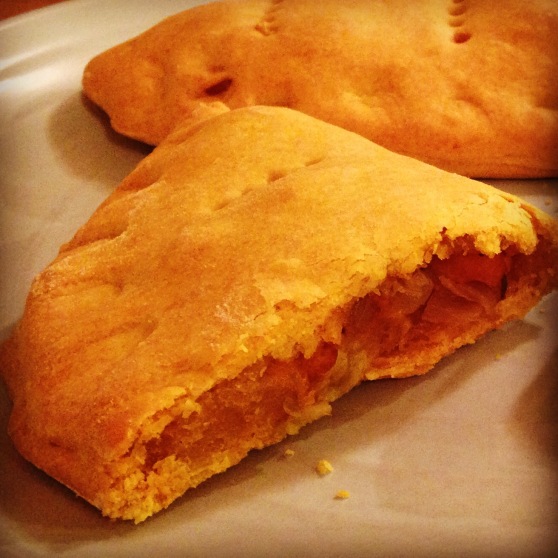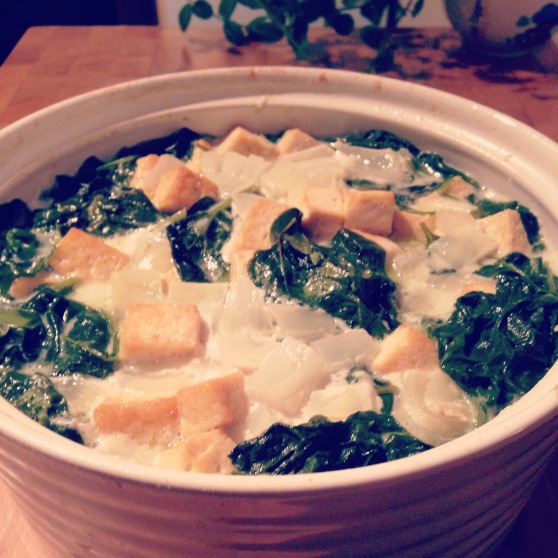Although I have been a vegetarian for more than 15 years, I have never been a big fan of tofu. Now this feisty dish from Indonesia might just have changed all that!
After a bit of a break from this blog, I decided I wanted to resume my vegetarian cooking adventure with something from Asia and somehow ended up plumping for this Kering Tahu.
The intrigue from the outset was not actually about the tofu but this mysterious (to me) ingredient called galangal. Galangal is a member of the ginger family and is widely used in Indonesian cooking – but it’s definitely not widely available in my home city of Norwich!! I ended up picking some up in the Loon Fung oriental foods supermarket in Stratford, London. Great shop, by the way; I get the feeling I’ll be making return visits!
I was a little bit worried that all of the flavours might be too strong, but they combined perfectly in the soy sauce and – even with a pretty strong kick from the chillies – the end result tasted delicious. The galangal was a real revelation: echoes of ginger, in taste and texture, but more earthy and not as overpowering.
But perhaps the biggest revelation of all was the tofu – it just soaked up all of the flavours and was light and delicious. I can’t recommend this highly enough. Great for warming you up on a cold autumn evening!
Ingredients (serves 2-3)
- 400g tofu cut into cubes
- 2 red chilli peppers, chopped
- 2 birds eye chillies, chopped
- 2 cloves of garlic, chopped
- 3 small shallots, chopped
- 1.5cm of fresh galangal, chopped
- 4 tablespoons of soy sauce
- 100 ml water
- rice
Method
- Shallow fry the tofu in a pan until about half cooked.
- Add the chopped shallots, garlic, chillies and galangal and continue frying until all the ingredients are cooked and filling your kitchen with a nice fragrant aroma.
- Add the soy sauce and water and cook for a further few minutes until you can see the sauce being absorbed in the tofu.
- Serve with plain rice.
Acknowledgement: Based on a recipe I found on tasty-indonesian-food.com.






















